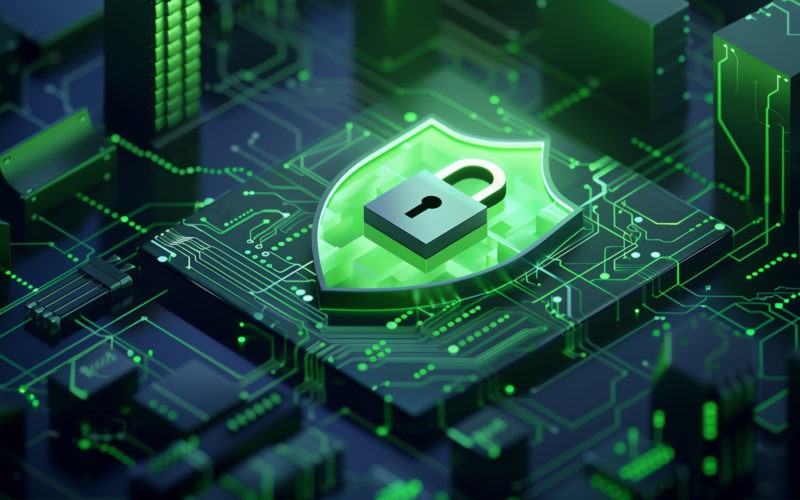Ransomware attacks have today become a growing concern for organizations of all sizes. These malicious schemes that encrypt and withhold data can result in severe consequences, including financial losses, reputational damage, and disruptions to business operations. However, there are steps that organizations can take to protect their data from ransomware threats. In this article, we will delve into a few strategies and best practices for safeguarding your organization’s information.
Understanding Ransomware
Before delving into preventive measures to mitigate data risk with ransomware, it is essential to grasp the nature of ransomware. Ransomware is a type of software that infiltrates computer systems and encrypts files stored on them. The perpetrators then demand a ransom in exchange for decrypting the data to its original form. This type of cyberattack has evolved over time, with hackers employing specialized tactics to bypass security measures.
Implement Regular Data Backups
Maintaining a backup plan is essential in mitigating the impact of ransomware attacks. By backing up data on separate offline storage or cloud-based platforms, organizations can reduce downtime in case of an incident. It is crucial to test the backup recovery process and store copies securely in various locations.
Stay Updated on Software Patches
Software vulnerabilities often serve as entry points for cyber attacks. To safeguard your company’s data from such incidents, it’s essential to establish a patch management system. Make sure to update all operating systems and software applications across your IT infrastructure by staying informed about security alerts issued by vendors.
Educate Employees about Phishing Attacks
Educating your employees about phishing attacks is crucial, as phishing emails are often used as a starting point for attacks. Provide training to help employees recognize emails or messages containing malware attachments or harmful links. An educated workforce can actively help prevent these threats from compromising your organization’s security.
Enforce Strong Password Policies
Implementing strong password policies is key to protecting information from unauthorized access. Encourage employees to use robust passwords and require the use of multi-factor authentication whenever possible. Conduct regular password checks and educate users on the best practices for maintaining secure login credentials to promote good password hygiene.
Segment Network Access
Segmenting network access involves dividing an organization’s network into multiple segments or subnetworks. By isolating systems, networks, or sensitive data, organizations can reduce the impact of cyber attacks. Implementing network segmentation serves as a strong preventive measure in case a part of the network becomes compromised.
Keep Antivirus and Anti-Malware Programs Updated
Maintaining up-to-date antivirus and anti malware programs is essential in defending against malicious software like ransomware. Make sure to keep these software programs updated regularly to catch and eliminate security risks. Also, think about using endpoint protection tools that provide real-time monitoring and behavior-based detection to spot any suspicious activities promptly.
Conduct Regular Security Assessments
Conducting security assessments is essential for understanding your organization’s security status. Invest in vulnerability scanning tools to pinpoint any weak spots or potential entry points in your system. Carry out continuous penetration testing techniques to simulate real-world cyber attacks and evaluate how effective your current security measures are.
Develop an Incident Response Plan
It’s an excellent idea to have an incident response plan in place, even if you’re diligent about preventing cyber attacks. Creating a plan that defines roles, communication protocols, and backup recovery procedures can help reduce the impact of a ransomware attack. Regularly update this plan based on the changes within your organization.
Collaborate with Cybersecurity Experts
Collaborating with cybersecurity professionals can greatly enhance your organization’s ability to effectively defend itself against known threats. Partner with consultants who can help implement tailored security strategies that meet your organization’s needs.
Implement Robust Network Monitoring Systems
Implementing strong network monitoring systems is crucial for identifying and responding to potential ransomware threats. By setting up a robust network monitoring system, companies can quickly spot any suspicious activities, unusual network traffic patterns, or attempts to exploit vulnerabilities. Automated alerts help security teams investigate and address incidents promptly, which can lessen the impact of a ransomware attack.
Teach Employees About Safe Internet Browsing Habits
Hackers often use web browsing as a way to introduce ransomware into a company’s network. Educating employees on safe internet browsing practices, like avoiding suspicious websites and not clicking on unknown links, is crucial. Encourage them to use web browsers with built-in protection features and establish rules that limit access to suspicious websites. It’s also wise to employ web filtering tools that can block access to such sites and enhance defense against dangers.
In Summary
Protecting your company’s data from ransomware demands a multifaceted approach involving technological measures, employee education, regular evaluations, backups, and readiness for responding to ransomware incidents. By implementing multiple layers of defense and staying alert to emerging threats, you can significantly lower the chances of falling victim to ransomware attacks. Remember that safeguarding your data isn’t a one-time task but an ongoing commitment to prioritizing cybersecurity. Keep yourself informed and adjust your security protocols accordingly to outsmart cybercriminals effectively.












